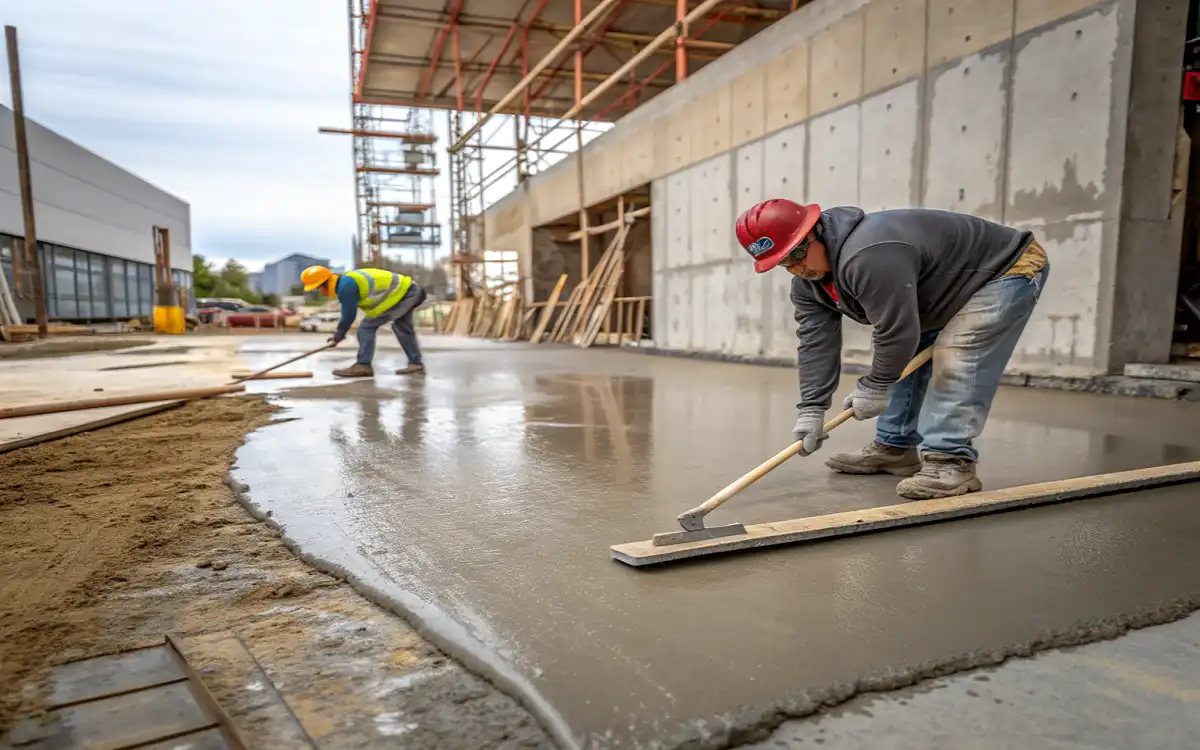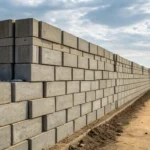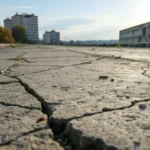Introduction
One of the top strategies for success in the construction industry is picking the right method of forming concrete. Between precast concrete and cast in place concrete, the latter being the traditional method, precast concrete is the method of choice in modern constructions, including places like El Monte that prioritize quality and efficiency.
This article seeks to outline the reasons for preferring precast concrete to cast in place concrete, specifically its advantages in saving time, durability, and saving costs. These insights may assist builders and precast concrete contractors in improving their overall efficiency.
Table of Contents
What is Cast in Place Concrete?
Cast in place concrete, which is also called site-cast concrete, is concrete that is poured straight into a construction site’s forms. This method entails designing concrete forms, setting steel reinforcement bars (rebar), pouring concrete, and letting it cure on site.
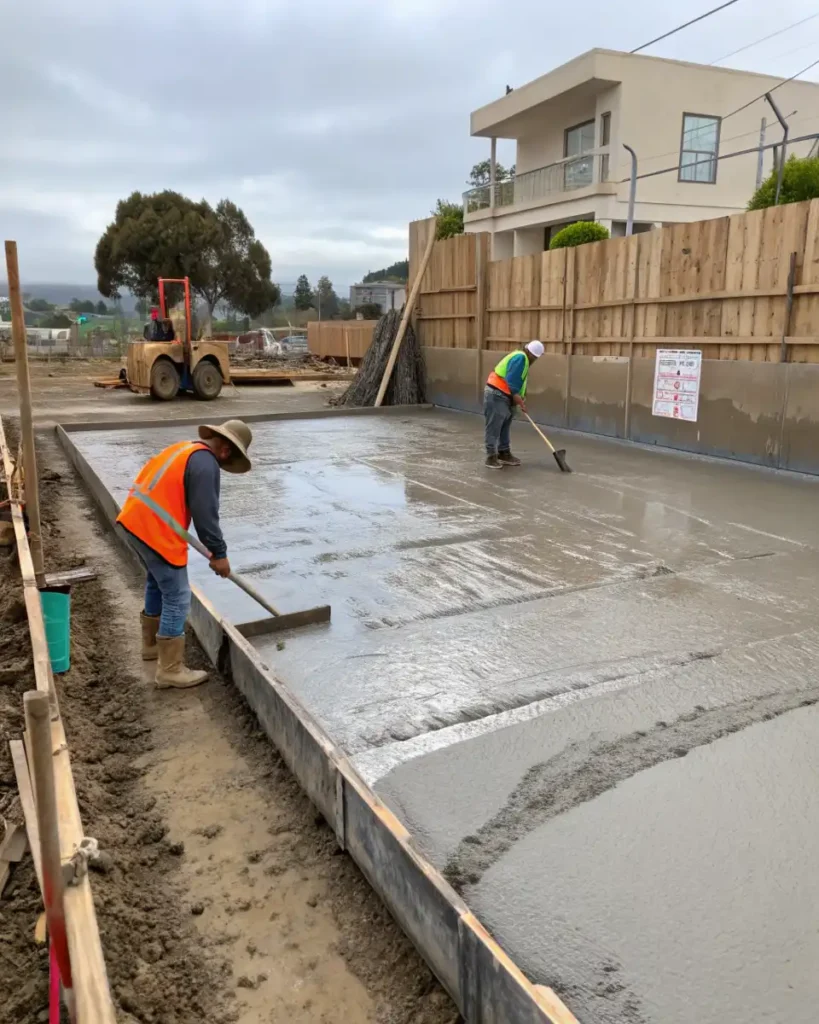
This method is also time-intensive because of the weather dependency while site curing is done. This method also offers the ability for custom designs and complex shapes. In general, site-cast concrete is used to construct foundations, concrete walls, and block walls.
What is Precast Concrete?
Precast concrete is made in a controlled environment where concrete is poured, cured, and finished before transportation to a construction site. This technique guarantees quality and strength as temperature and humidity vary.
After manufactured, precast elements are fast and easily installed, minimizing on-site labor and shortening the construction period. This type of concrete includes panels, beams, and structural components.
Advantages of Precast Concrete Over Cast in Place Concrete
Time Efficiency
Precast concrete parts are delivered and installed immediately. Unlike cast in place, where concrete must cure on site, precast allows simultaneous site preparation and manufacturing.
This leads to faster project completion, which is beneficial in construction projects with tight deadlines.
Quality and Consistency
Controlled environment construction guarantees quality in each precast component. Weather and human error control issues in on-site cast concrete, which leads to varying and inconsistent quality of concrete. Precast concrete maintains uniformity in strength, finish, and dimensions.
Durability and Strength
The strength and durability of concrete is important and can be of long-lasting use. When concrete is cured in a factory, it is a denser product and can withstand extreme weather and heavy loads better compared to concrete that is cured on site. Such durability is a requirement for concrete used in long-lasting structures.
Reduced Labor Costs and Site Disruption
The bulk of construction work being carried out off site means that the on site construction and skilled labor requirements are reduced. block wall are also fewer disruptions to construction such as noise and dust, which benefits site safety and the surrounding community.
Sustainability and Waste Reduction
During the casting of concrete in place, it is very easy to over estimate the material that is needed, however during the manufacturing of pre cast concrete, this is less common, and waste is minimized. The waste materials generated in the construction of pre cast concrete can be recycled and used in a construction project, which is a very environmentally friendly and sustainable construction practice.
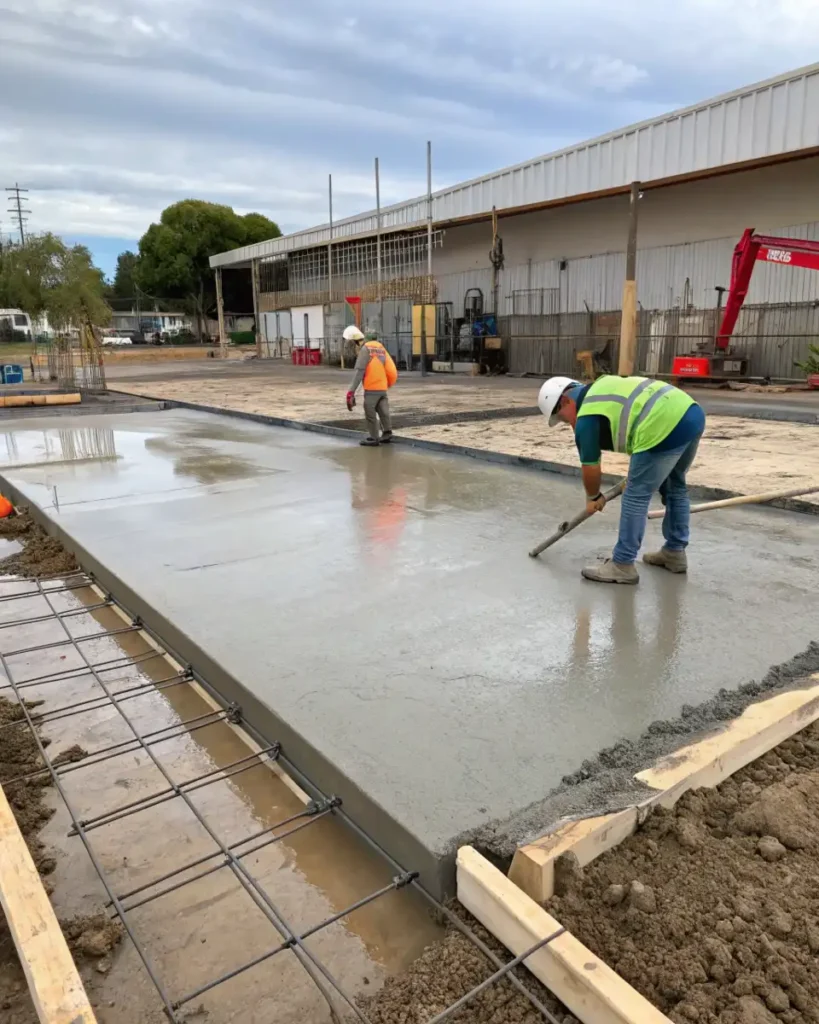
Cost Considerations
The up front costs of pre cast concrete are higher due to the costs of manufacturing and transport, however this is counterbalanced with labor savings, project completion, and material waste.
For large projects, economy of scale often makes pre cast concrete more cost-effective compared to cast in place concrete.
Limitations of Cast in Place Concrete
One of the chief disadvantages of cast in place concrete is the length of time it takes to complete the entire construction process considering that pouring and curing occurs on-site.
This method is also highly susceptible to interference and poor quality results due to weather. Furthermore, site condition variability will also lead to inconsistent quality, and subsequently, increased waste of precast contractor materials.
Summary Comparison Table: Precast vs Cast in Place Concrete
| Feature | Precast Concrete | Cast in Place Concrete |
| Manufacturing Location | Off-site factory | On-site |
| Construction Speed | Faster (components ready to install) | Slower (requires curing on site) |
| Quality Control | High, consistent in factory | Variable, site-dependent |
| Durability | High, dense concrete | Good, but weather impacted |
| Labor Requirement | Less on-site labor | More skilled on-site labor |
| Cost Efficiency | Cost-effective for large projects | More cost-effective for small/custom projects |
| Weather Dependency | Low | High |
| Design Flexibility | Limited post-production | High |
| Waste and Sustainability | Less waste, more sustainable | More waste due to site variability |
| Site Disruption | Minimal | Higher due to active pouring |
When to Choose Cast in Place Concrete
Such a method of concrete construction is appropriate for complex and overly customized construction designs, as well as for situations that require seamless and integrated construction with previous/ currently existing structures.
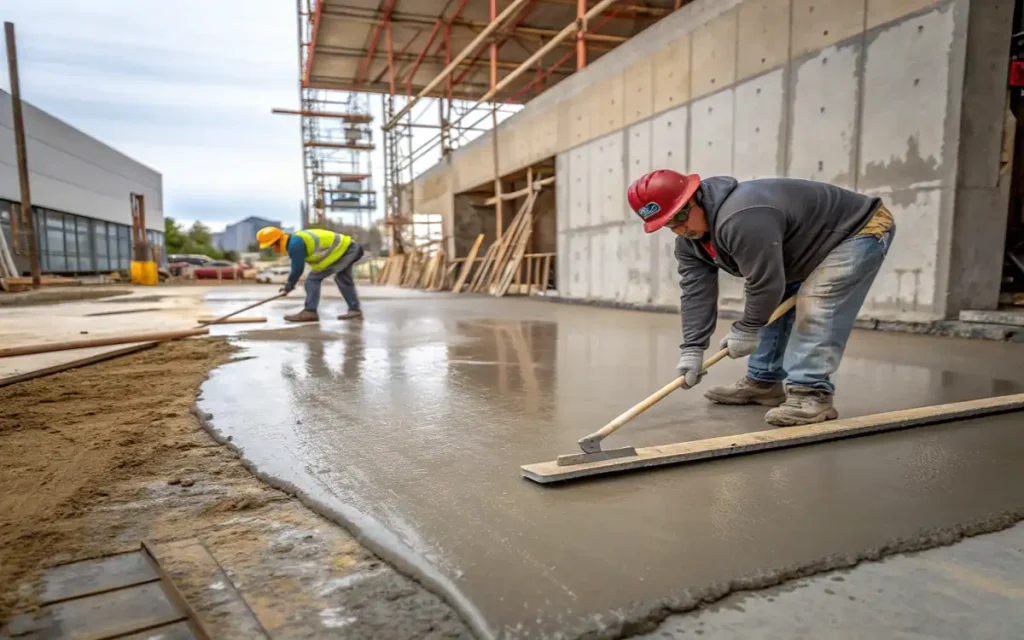
This method is suited for site situations where the large prefabricated components are of concrete are impractical to transport. It remains a good option in architectural situations where uniqueness is a predominant factor.
Overall, for contemporary construction requirements, precast concrete offers distinct benefits in comparison to cast in place concrete. For an array of projects, it is a preferred option due to its improved construction timeframes, increased quality and consistency, durability, and minimized on-site labor.
Although cast in place concrete affords the design flexibility, the increased efficiency and cost reduction in large and repetitive construction projects makes it dominant.
Precast contractors and builders in places such as El Monte are responding to the industry demands of construction that is more efficient, stronger and smarter.
For Repair and Services
1924 W Edward Ln, Milwaukee, WI 53209, United States
Phone: +14142855933
Email: [email protected]
